Cool Facts about the Eastern Eyed Click Beetle
- The Eastern Eyed Click Beetle has two large eyespots on their pronotum (fancy way of saying on the top of their head), which look like two supersized eyes
- This beetle is renowned for the click sounds its makes when it defends from predators or simply wishes to flip upright (yep, their method of clicking will actually help flip over)
- There are six related species of click beetles in the US, of which the Eastern Eyed Click Beetle can be recognized by its black white and grey colors, as well as large black eyespots
- The Eastern Eyed Click Beetle is mostly encountered in all the American states east of the Great Plains and up north into Canada.
A Beetle that Knows how to Click
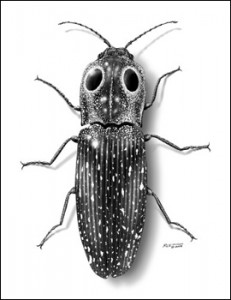 The Eastern Eyed Click Beetle is a quite interesting and eye catching insect both because it is pretty large (longer than an inch) and has those beautiful pair of eyes adorning the back of its head. Don’t get deceived, though, these are not the real eyes of the beetle. Believe it or not, it’s not the eyes of the beetle that really catch people’s attention.
The Eastern Eyed Click Beetle is a quite interesting and eye catching insect both because it is pretty large (longer than an inch) and has those beautiful pair of eyes adorning the back of its head. Don’t get deceived, though, these are not the real eyes of the beetle. Believe it or not, it’s not the eyes of the beetle that really catch people’s attention.
It is their behavior when they feel threatened. It simply drops onto his back and plays dead until the predator gives up and goes on their own way. Once the threat is over, the Click Beetle will produce a loud clicking sound by snapping the first section of its thorax in the second section of the thorax. This way, the beetle manages to jump up and flip into the air and get back on its two feet in no time.
A Crop Friendly Insect
Although it is a larger insect that you can often time encounter in your vegetable garden or lawn, stay assured that this eyed beetle is not a threat to your crop. Apart from most of their close relatives, the Eastern Eyed Click Beetle is actually a friend of your garden, where usually you’ll be able to spot it in pruned trees. Just let it get on with his journey and simply enjoy a beautiful and unique insect making his way through your lovely garden.

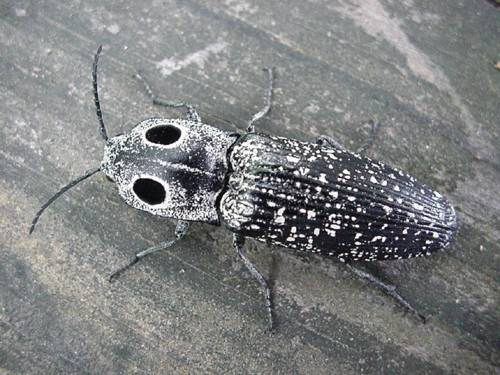
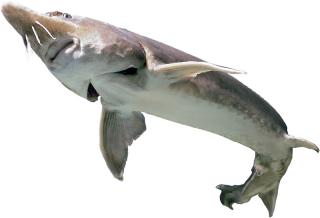

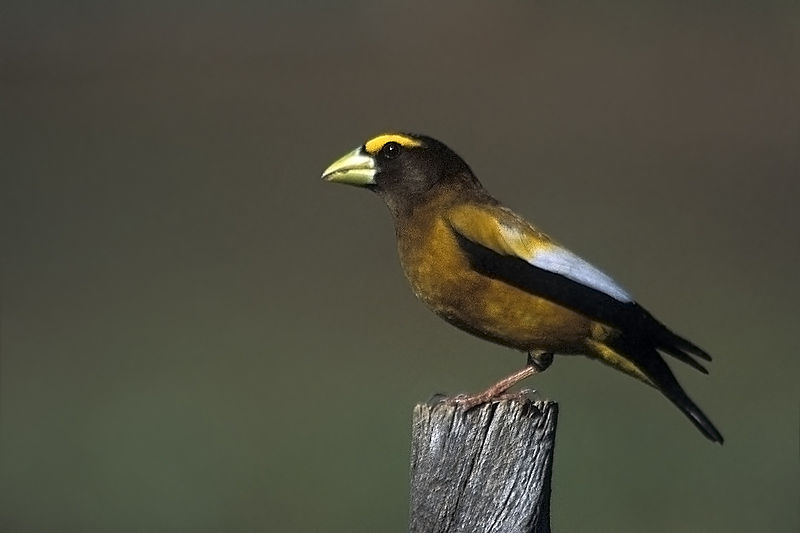
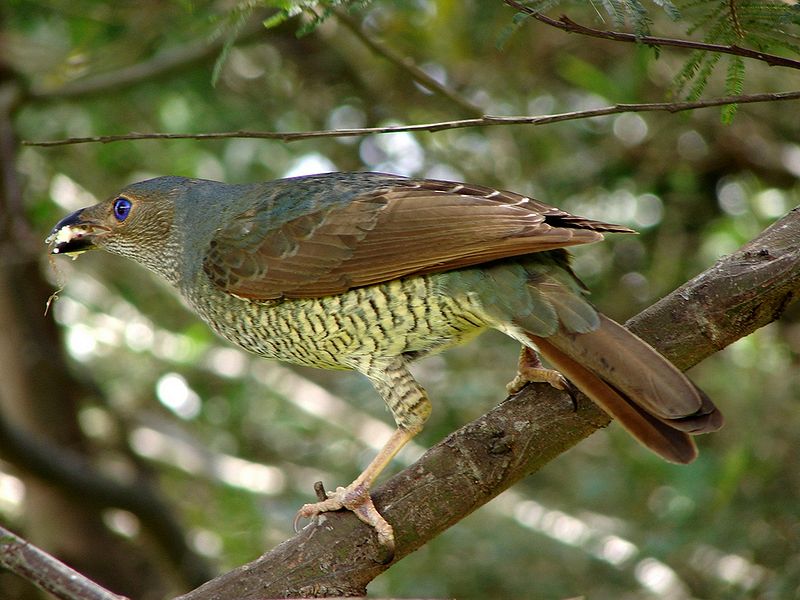
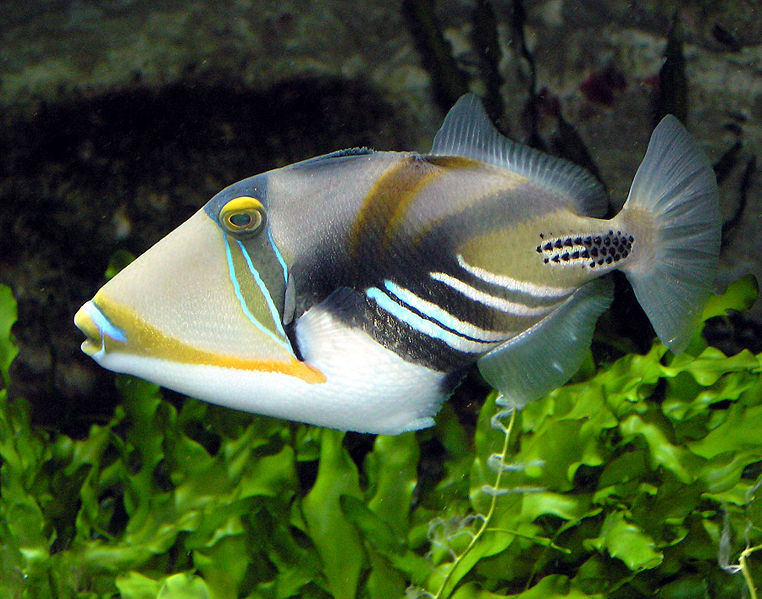

The paragon of undinstardeng these issues is right here!
how long does it live?